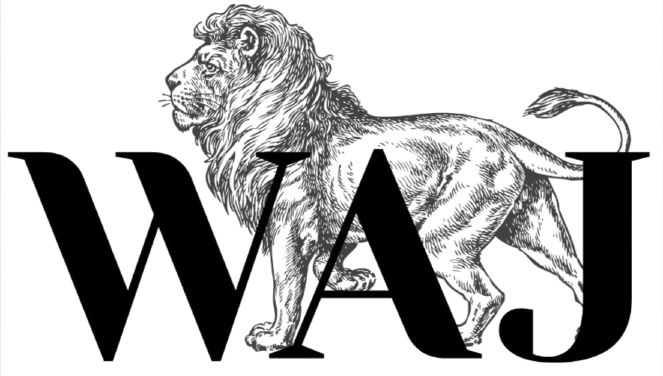An exhibition in Morocco is shedding light on the ancient history of Chellah, an archaeological site near Rabat that showcases Morocco’s diverse cultural heritage. Held at the central bank museum, the exhibition explores the “hidden treasures” of Chellah, a UNESCO World Heritage Site spanning 3.15 square kilometers—nearly five times the size of Pompeii.
Archaeologists consider Chellah, once a lively port city, to be a vital link to Morocco’s past, shaped by civilizations including the Phoenicians, Amazigh, Romans, and Arabs. Museum director Rochdi Bernoussi highlighted the exhibition’s aim to convey the site’s historical importance, noting that it allows visitors a closer look at artifacts that reveal the region’s rich past.
Chellah was initially settled by the Phoenicians and later became a prominent Roman outpost from the 2nd to 5th centuries. Situated by the Bou Regreg River, the site includes a fortified necropolis and other historical remains, reflecting the area’s economic and religious identity.
The exhibit offers insights into Chellah’s social, political, and economic developments, with a focus on currency’s role in Morocco’s history. According to numismatic expert Smahane Bouktab, ancient bronze coins depict agricultural products and religious symbolism from the city’s past.
Last year, archaeologists uncovered new ruins at Chellah, including thermal baths and working-class neighborhoods. Museum officials believe the site still holds untapped historical secrets, inviting both locals and international visitors to explore. The free exhibition runs until the end of April.

